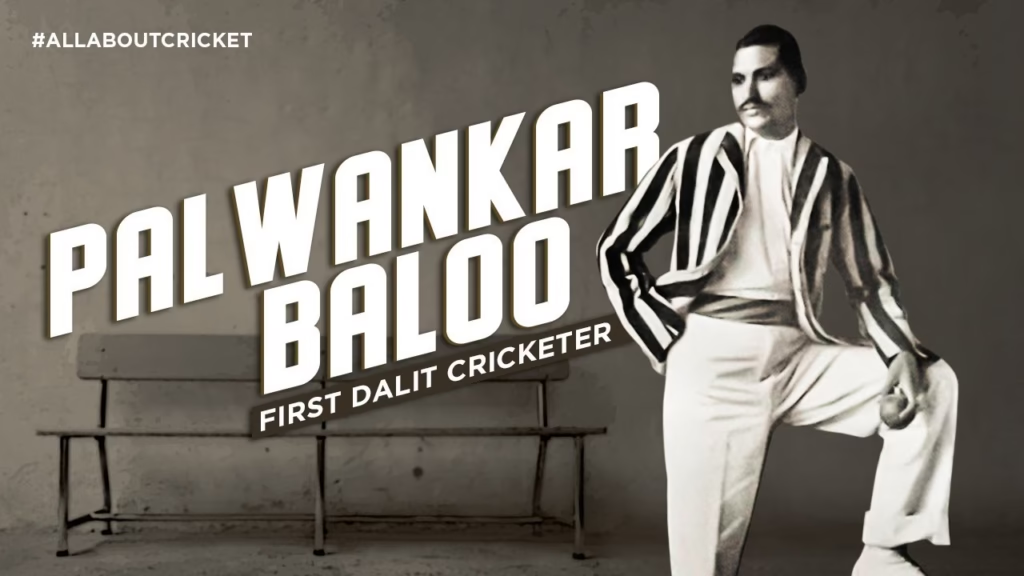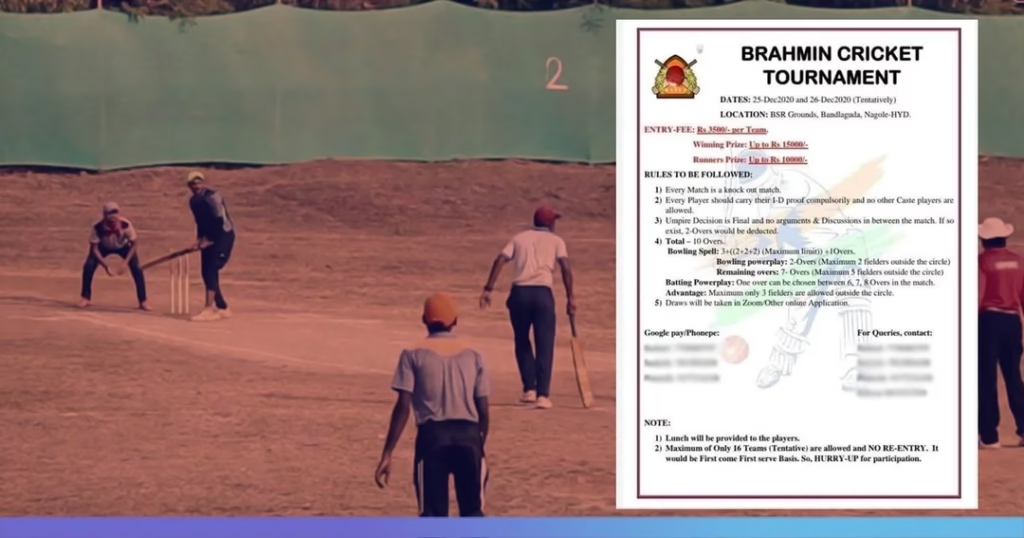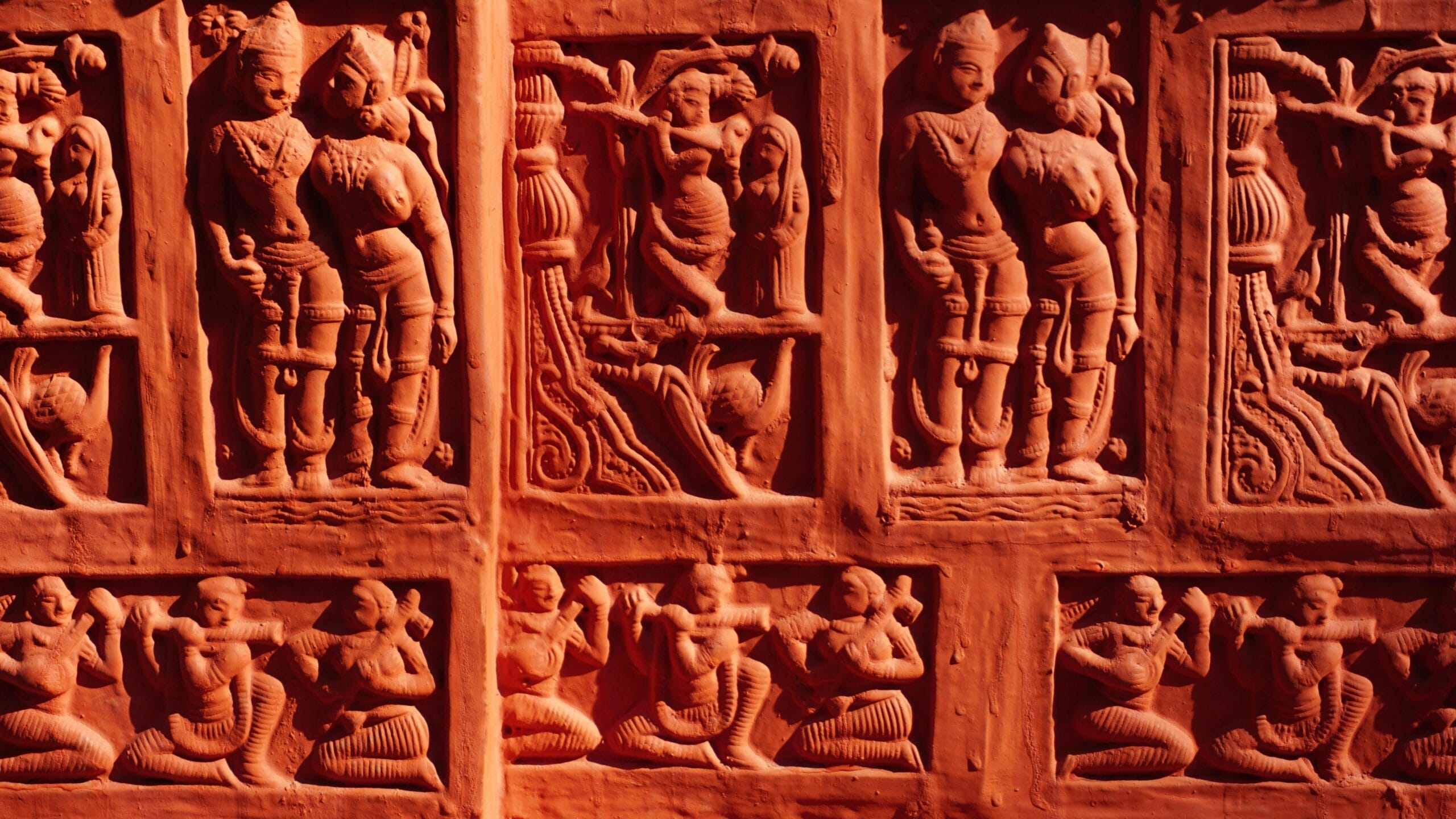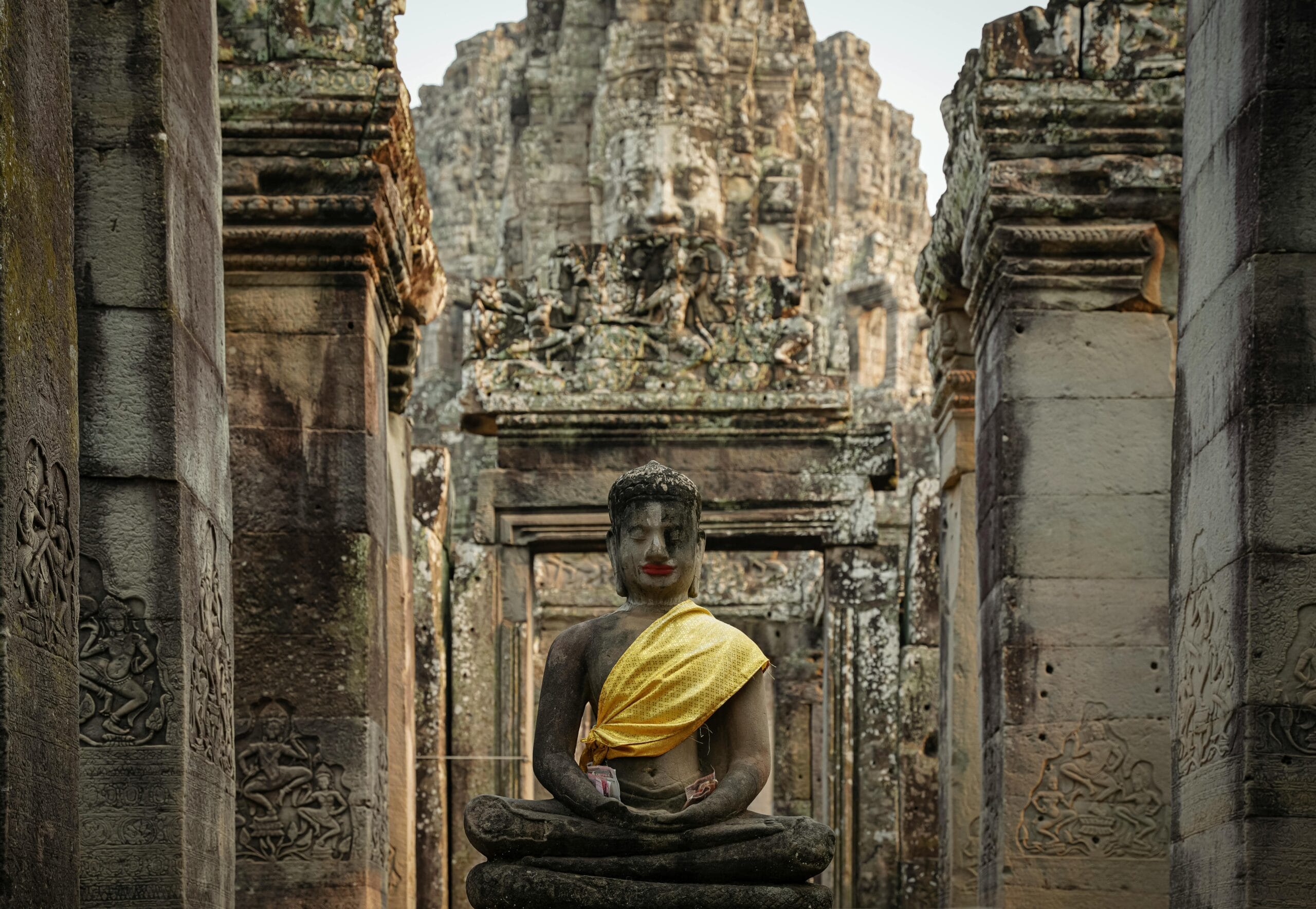Cricket, a sport passionately followed in India, is not immune to the deep-seated issue of caste discrimination. This article delves into the pervasive nature of casteism in cricket in India, exploring its historical roots, recent controversies, and the underrepresentation of marginalized communities.
This article will analyze various dimensions of casteism in cricket and its deep-rooted impact.
Table of Contents
- Introduction
- Recent Controversies and Caste-Based Remarks
- Rohit Sharma Fitness Controversy
- Baloo Palwankar: A Forgotten Dalit Cricket Hero
- Structural Casteism in Cricket in the BCCI
- Case Study: Suresh Raina's Caste Revelation
- Ravindra Jadeja: A Rajput Pride
- Yuvraj Singh's blatant casteism with Rohit Sharma
- Sachin Tendulkar with Janeyu
- Wasim Akram blatant casteism
- Brahman Cricket Tournament
- Cricket and the Representation of Youth and Caste
- Remedial Measures and Way Forward
- Celebrating Savarna Success: A Dalit Perspective
- Conclusion
Disclaimer: To ensure clarity and avoid misinterpretations, the following terms are used with specific connotations within the context of this article:
- Brahmin/Brahminism: Refers to the ideology and social hierarchy associated with the Brahmin caste, not necessarily all individuals belonging to the Brahmin community.
- Savarna: Implies the upper or dominant castes in the Indian social hierarchy, not all individuals belonging to these communities.
- Dalit: Denotes individuals belonging to the historically marginalized and oppressed communities, formerly known as “untouchables.”
- OBC: Refers to Other Backward Classes, a collective term for a group of castes recognized as socially and educationally disadvantaged.
Introduction
Cricket holds a special place in the hearts of millions of Indians, transcending regional and cultural boundaries. Is caste discrimination in cricket like a hidden bouncer, unexpected and capable of causing significant damage? However, the sport is not immune to the pervasive issue of caste discrimination that has plagued Indian society for centuries. This article aims to shed light on the existence and impact of casteism in Indian cricket, exploring its historical roots, recent controversies, and the underrepresentation of marginalized communities.
Recent Controversies and Caste-Based Remarks
Several incidents have brought the issue of caste discrimination in cricket to the forefront.


One such instance involves a tweet by a political figure criticizing a player’s physical fitness, which sparked a debate about body shaming and whether caste played a role in the criticism. This incident is not an isolated one. Time and again, remarks and actions reflecting caste biases have surfaced. Thus highlighting the deep-seated nature of the problem. Consequently, this article will analyze.
Rohit Sharma Fitness Controversy
A recent controversy surrounding Indian cricket captain Rohit Sharma’s fitness became a focal point for discussions about caste bias in the sport.
Criticism and Body Shaming
Shama Mohamed, a leader from a political party, posted tweets on March 2, 2025, criticizing Rohit Sharma’s fitness. She wrote that Rohit Sharma looks “quite fat” and needs to lose weight. In another tweet, she compared Sharma to former Indian cricketers like Sourav Ganguly, Sachin Tendulkar, Rahul Dravid, MS Dhoni, Kapil Dev, and Ravi Shastri, questioning what “world-class” qualities Sharma possesses, labeling him an “average player and captain” who attained captaincy by chance.
The Caste Angle
The controversy took a different turn when the discussion shifted to whether caste played a role in the criticism. It was argued that Rohit Sharma’s prolonged tenure as captain, despite inconsistent performance and fitness issues, was due to his caste.
This perspective suggests that caste privilege allows certain individuals to maintain positions of power and influence, even when their performance does not warrant it.
Response from Congress
Following the uproar, the political party to which Shama Mohamed belonged distanced itself from her remarks. Mohamed later deleted her tweets and clarified that her comments were related to the player’s fitness and not intended as body shaming. However, this did little to quell the debate surrounding casteism in cricket.
Baloo Palwankar: A Forgotten Dalit Cricket Hero
The story of Baloo Palwankar, a talented Dalit cricketer from the early 20th century, exemplifies the historical discrimination faced by marginalized communities in the sport. Caste largely caused Baloo Palwankar, despite his exceptional skills and contributions to Indian cricket, to be largely forgotten by history .

Dominance of Upper Castes
Historical accounts reveal that cricket in India was dominated by upper-caste players, who often held positions of power and influence within the sport. This dominance made it difficult for talented players from marginalized communities to break through and gain recognition.
Treatment Faced by Baloo
Baloo Palwankar faced blatant discrimination from his teammates, who refused to touch him and forced him to eat and drink from separate utensils. Despite this mistreatment, Baloo Palwankar excelled on the field, showcasing his exceptional talent and earning the respect of some, including Dr. B.R. Ambedkar.
Structural Casteism in Cricket in the BCCI
Critics have alleged structural casteism against the Board of Control for Cricket in India (BCCI), the governing body for cricket in India.

Critics argue that the organization lacks representation from marginalized communities in its leadership and decision-making positions.
Lack of Representation
An analysis of the BCCI’s leadership reveals a disproportionate representation of upper-caste individuals, with limited representation from Dalit, OBC, and Adivasi communities. This lack of representation raises concerns about the organization’s commitment to inclusivity and equal opportunity.
Allegations of Brahminism
In 2022, the BCCI faced allegations of promoting Brahminism, with claims that only Brahmin players were being given opportunities in the team. Reports emerged that seven Brahmin players were part of the playing eleven, sparking outrage and accusations of favoritism.
Case Study: Suresh Raina’s Caste Revelation
This seemingly innocuous statement drew criticism for perpetuating caste-based identities and reinforcing social hierarchies.
Ravindra Jadeja: A Rajput Pride
Cricketer Ravindra Jadeja’s public display of his Rajput identity has also drawn scrutiny. Jadeja has often used social media to express his Rajput pride, posting pictures with swords and using hashtags like #rajputboy.

While some view this as a harmless expression of cultural identity, others argue that it reinforces caste-based divisions and perpetuates social hierarchies.
Yuvraj Singh’s blatant casteism with Rohit Sharma
Yuvraj Singh called Yuzvendra Chahal a casteist slur “Bhangi” in Instagram live.

Sachin Tendulkar with Janeyu

Wasim Akram blatant casteism
Wasim Akram was brutal in his criticism of the Babar Azam-led side. During this, Akram was sharing his opinion on why is he against doing a pre-match show live from the stadium due to hot and humid conditions.
While describing how he would look drenched in sweat under the scorching heat of the sun, Akram used the word ‘Ch***r’, which is a derogatory term used for a particular community.
Brahman Cricket Tournament
Brahmins have been organizing their casteist leagues. They have their own app.

Cricket and the Representation of Youth and Caste
The passion for cricket permeates through all sections of Indian society, yet opportunities within the sport remain skewed. The lack of representation and the overt displays of caste pride impact the youth, especially those from marginalized communities. They question if their efforts will ever be enough to overcome the systemic barriers.

Remedial Measures and Way Forward
Addressing casteism in cricket requires a multi-pronged approach that includes:
- Promoting inclusivity and diversity in the BCCI and state cricket associations.
- Implementing reservation policies to ensure representation from marginalized communities.
- Raising awareness about caste discrimination among players, coaches, and administrators.
- Creating mentorship programs to support talented cricketers from marginalized communities.
- Encouraging open dialogue and discussion about casteism within the cricketing fraternity.
Celebrating Savarna Success: A Dalit Perspective
The jubilation surrounding the success of the Indian cricket team often raises a pertinent question: Why should marginalized communities celebrate the victories of a team that lacks their representation? If the spoils of victory are not shared, can it truly be called a national triumph? When the team primarily consists of upper-caste players, the victories become a symbol of savarna pride, further marginalizing those who are already underrepresented.
Conclusion
Casteism in Indian cricket is a complex issue with deep-rooted historical and social dimensions. While the sport is celebrated for its unifying power, it is crucial to acknowledge and address the discrimination faced by marginalized communities within its framework. By implementing remedial measures and fostering a more inclusive and equitable environment, Indian cricket can truly become a sport for all.
Share this article to advocate for a more inclusive and equitable sporting culture.
Read more about Vegetarianism being used as a casteist weapon.
Find out more about the Caste System and Supreme Court Judgements.
Read more about Court Judgements and it’s impact on Bahujan Rights.
If you want to read more about Palwankar Baloo, read the book.

A Corner of a Foreign Field seamlessly interweaves biography with history, the lives of famous or forgotten cricketers with wider processes of social change. C. K. Nayudu and Sachin Tendulkar naturally figure in this book, but so, too, in unexpected ways, do B. R. Ambedkar, Mahatma Gandhi, and M. A. Jinnah.

A Corner of a Foreign Field seamlessly interweaves biography with history, the lives of famous or forgotten cricketers with wider processes of social change. C. K. Nayudu and Sachin Tendulkar naturally figure in this book, but so, too, in unexpected ways, do B. R. Ambedkar, Mahatma Gandhi, and M. A. Jinnah.
Do you disagree with this article? If you have strong evidence to back your claims, we invite you to join our live debates every Sunday, Tuesday, and Thursday on YouTube. Let’s engage in a respectful, evidence-based discussion to uncover the truth. Watch the latest debate on this topic below and share your perspective!


[…] Read more about Casteism in Cricket. […]